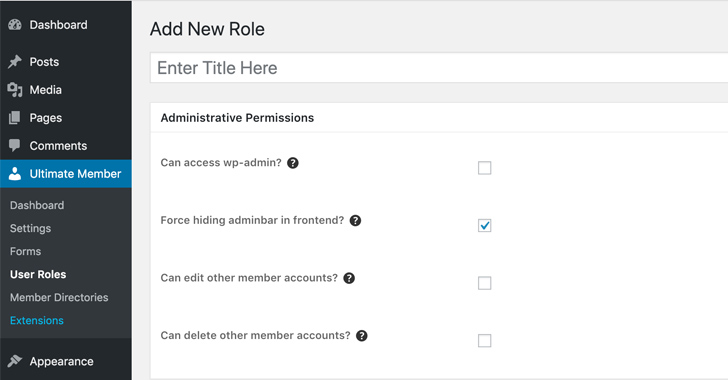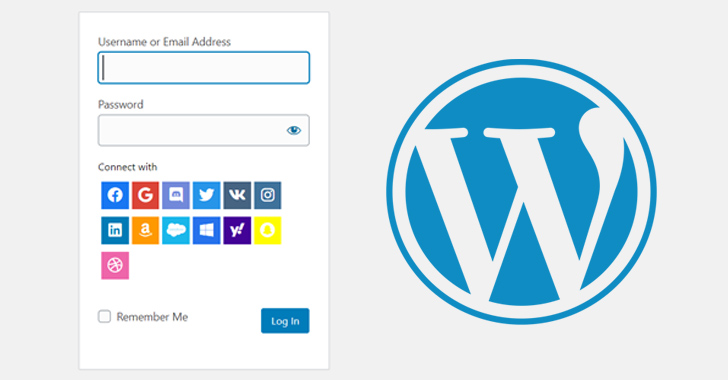Web Applications Security becomes essential as more and more data gets stored in web applications. Web Security assessment is a wide-ranging process which includes a multitude of processes that implement the security of a web application.
It is the process of protecting the websites against different attacks and the exploits with the applicable codes. vulnerabilities are commonly due to the improper input/output sanitization.
The Free Ebook on Full Stack Web Performance written by Tom Barker shows the way we approach web performance in a DevOps environment and how to integrate client-side, infrastructure and operations.
Website Security
The common vulnerabilities which are existing in the Web application such as SQL Injection, Cross-site Scripting (XSS), Remote File Inclusion and Cross-site Request Forgery (CSRF) would allow different attack vectors. Web application security solutions should be in place to avoid the threats.
SQL Injection
SQL injection is a technique which attacker takes non-validated input vulnerabilities and inject SQL commands through web applications that are executed in the backend database.his type of attack is done when there are loopholes in the execution of software or applications and this can be prevented by thoroughly examining the various input fields like comments, text boxes, etc.
Cross-site Scripting
An attacker can inject untrusted snippets of JavaScript into your application without validation. This JavaScript is then executed by the victim who is visiting the target site. After the user clicks the URL, the codes get changed and it gives access to the attacker to steal personal data and other critical information.
Cross-Site Request Forgery
Cross-Site Request Forgery is one of the most common forms of attack by online spammers and scammers. Explicitly of this attack is a bit complex, it’s prevalence is common. Cross-Site Request Forgery is one of the most common forms of attack by online spammers and scammers. Explicitly of this attack is a bit complex, it’s prevalence is common.
Web application security solutions such as Web application firewalls (WAFs) should be deployed to avoid such threats. These solutions could allow to examine the incoming traffic and to block attack attempts, thereby compensating for any code sanitization deficiencies.
Web application firewalls should be integrated with other services such as DDoS, CDN and TLS certificates to form a security perimeter.
Using a CDN – Website Performance
A CDN is globally distributed network for hosting and serving data. Using a Content Delivery Network (CDN) will show immediate and significant performance improvements.
Most of CDN’s contains an edge network that hosts the contents, so the content will be served from the edge node closer to the user that the data center where server hosted. So the end user receives the requested contents fastly.
When your contents are cached it improves the response time and reduces the amount of traffic going to your data‐center origins.










